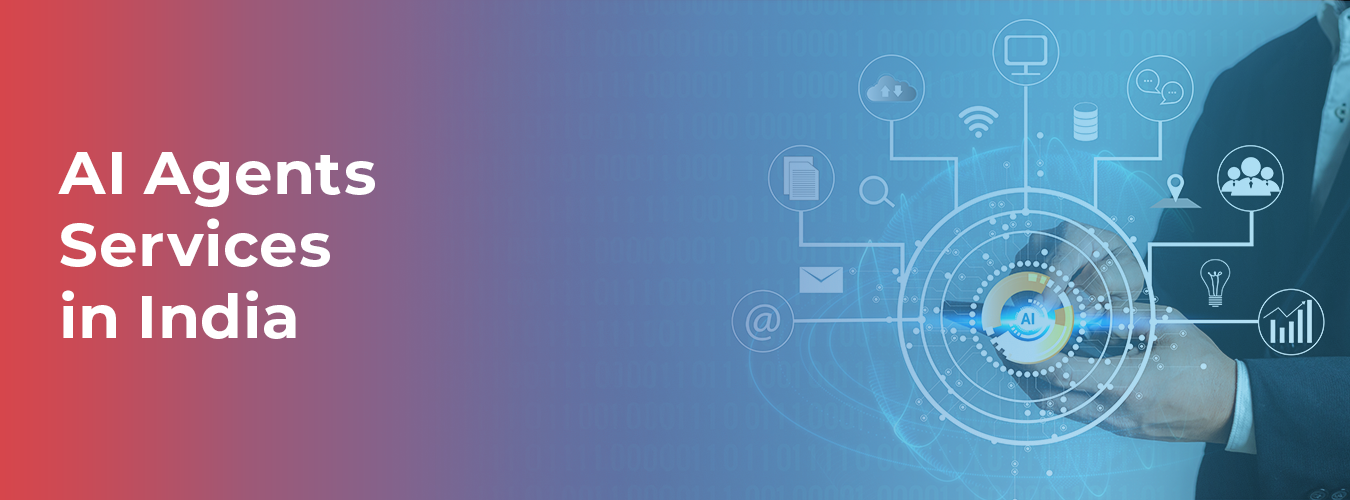Large Language Models (LLMs) are revolutionizing technology. They’re smart computers that understand human language, making communication with machines smoother and faster. Created by experts who trained them on vast amounts of internet text, LLMs can answer questions, write, and hold conversations. They’re like virtual assistants, enhancing our interaction with computers and opening up new possibilities in the tech world.
The Beginning:
The journey of Large Language Models started with the challenge of teaching computers to understand and use language like humans do. At first, it was tough because language is complicated and computers couldn’t handle it well. But then, advances in machine learning, especially in something called neural networks, made it possible to do things differently and opened up new opportunities.
Building Blocks:
Large Language Models are built on a lot of data – like tons and tons of text from all sorts of sources, like books, articles, and websites. Researchers taught these models by giving them all this text so they could learn how language works. This step, called pre-training, sets the foundation for the models to understand how human language is put together and how it works.
The Big Leap:
A big change happened in 2018 when advanced models like OpenAI’s GPT (Generative Pre-trained Transformer) came out. The developers built these models differently, using something called the transformer architecture.
They were really good at understanding and writing text. They could understand what speakers said, figure out its meaning, and respond in a way that made sense, just like how people talk to each other.
Advantages of LLMs:

- Natural Interaction: Big smart computers make it easy to talk to computers like you would with a person. They understand questions, give useful answers, and can chat with you like a real conversation.
- Versatility: These computers are really good at doing different language tasks. They can translate languages, summarize articles, answer questions, and even write stuff like articles or social media posts.
- Efficiency: Big smart computers help businesses work faster by doing tasks that involve reading and writing. This saves time and money because people don’t have to do these tasks manually.
- Continuous Learning: These computers can learn to do new things better by practising with different information. This helps them stay useful as things change and improve over time.
Features of LLMs:

- Attention Mechanism: LLMs pay attention to different parts of the text they’re reading, which helps them understand what’s going on better.
- Writing Skills: LLMs are really good at writing things that make sense. They use what they’ve learned to write in a way that fits the context.
- Customization: By practising with certain types of information, we can train LLMs to perform specific tasks better. This makes them more accurate and useful for different jobs.
- Ability to Handle Big Tasks: LLMs are getting better at handling big jobs because they can handle lots of information and do more complex tasks.
Overall, Large Language Models are a big deal in AI. They’re making technology more natural and useful, and they’re able to do lots of different things well. As they get even better, they’ll change how we use computers and interact with technology in the future.
Real World Uses of Big Smart Computers
Big, smart computers called Large Language Models (LLMs) are really handy tools used in different ways:
- Helping with Customer Service: LLMs assist companies in answering questions and solving problems, just like talking to a real person.
- Translating Languages: LLMs are great at translating languages, making it easier for people to understand each other, whether it’s for work or casual chats online.
- Writing and Managing Content: People use LLMs to write articles, create product descriptions, and post on social media, saving time and ensuring consistency.
- Helping in Healthcare: LLMs analyze medical information to help doctors diagnose illnesses and predict what might happen to patients. They also help with medical research.
- Educational Tools: LLMs make learning more fun and personalized. They help with things like interactive textbooks and language learning apps.
- Financial Analysis: Companies use LLMs to understand how people feel about money, spot risks, and catch fraud. They look at things like news and social media to give advice.
- Legal Help: LLMs assist lawyers with things like reading contracts and researching laws. They make legal work faster and more accurate.
- Personal Assistants: LLM-powered assistants, like smart speakers, help with daily tasks like managing schedules and controlling smart home devices.
As these big smart computers improve, people are using them in even more ways, changing how many different jobs are done.
Get started with Macgence:
Do you want to create big smart computers with Macgence? We excel at finding the right information, checking what people write, seeking help from numerous individuals, building and improving these smart computers, and making them even smarter. With Macgence, you’ll get all the help you need to make your smart computer idea a reality. We know a lot about what’s happening around the world, what’s important locally, and how to make these smart computers work best for you. Let Macgence help you make the most of smart computers and change how you use technology. Start working with Macgence today to make your smart computer projects awesome!
FAQs
Ans: – They make work easier by understanding and writing text, which saves time and money. This helps businesses work better and faster.
Ans: – Yes, they can learn to do specific tasks better by practising with different information. This helps them stay useful and do new things as needed.
Ans: – People use them for lots of things like talking to customers on websites, translating languages, writing articles, helping doctors diagnose illnesses, teaching, analyzing financial matters, assisting with legal issues, and serving as personal helpers. They’re changing how lots of different jobs work.




